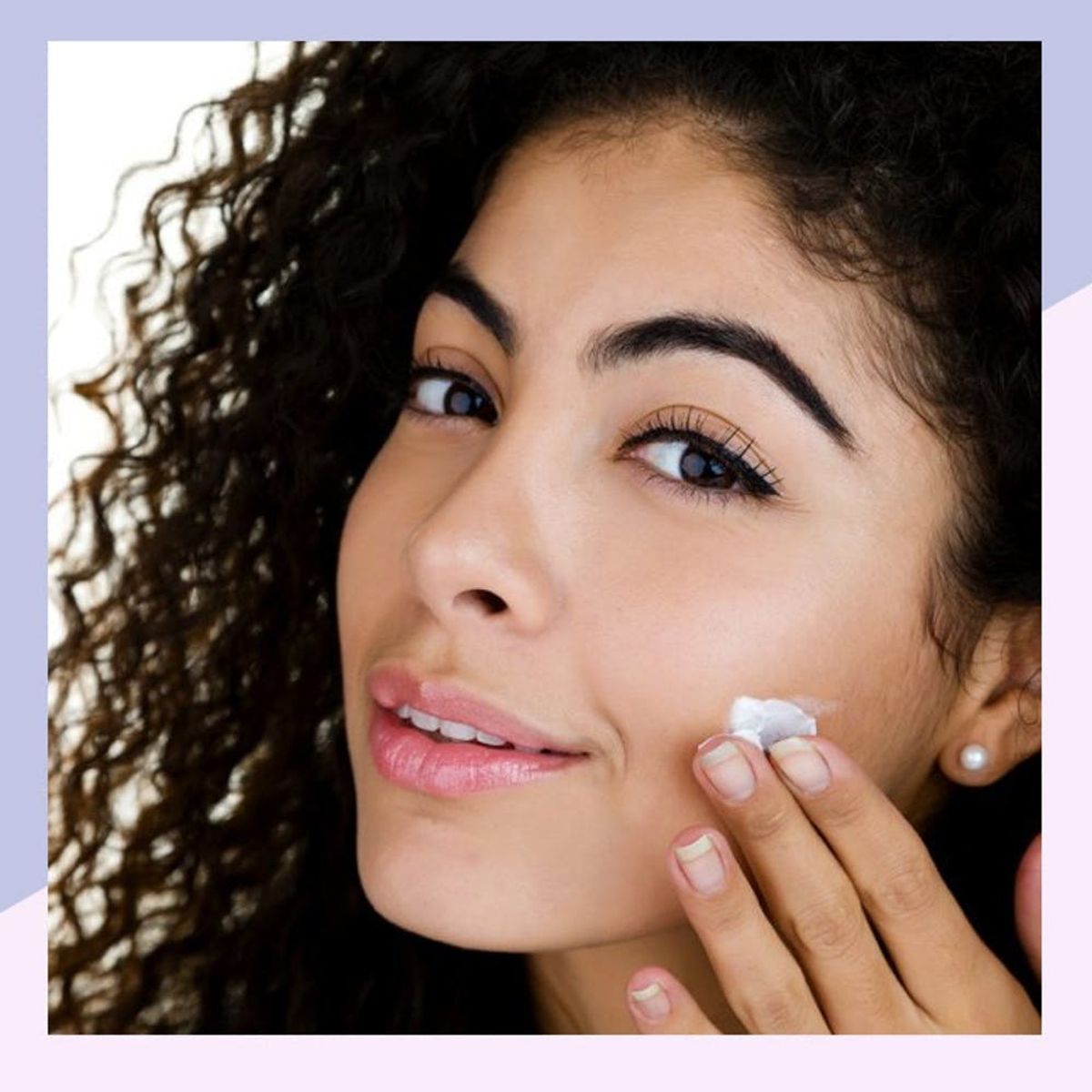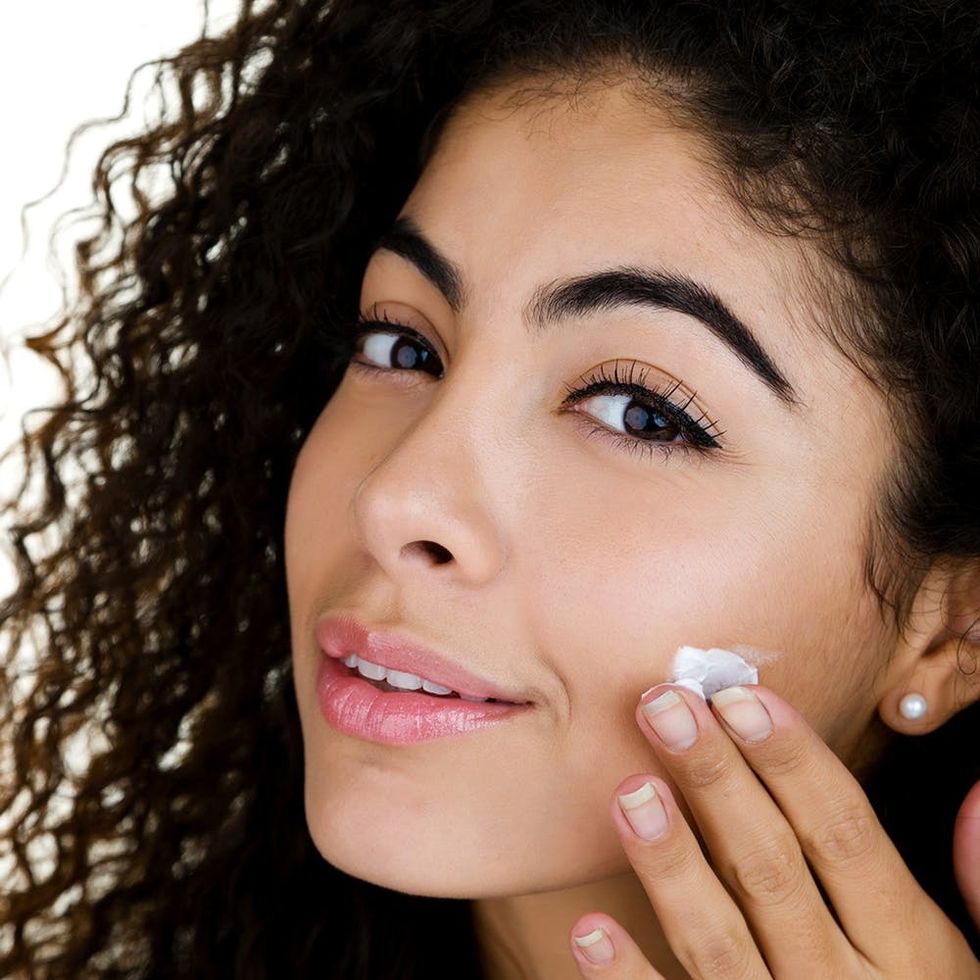Here’s How to Treat Hyperpigmentation for Your Skin Tone

Out, damned spot! Out, you say! If hyperpigmentation is causing you to channel your Shakespearian side, know you’re not alone. From porcelain skin to deep tones, unwanted spots affect everyone. Before you turn to concealing beauty products to create a flawless face, it’s important to understand the causes behind these dark marks, how to prevent them from popping up, and expert ways to treat them for any skin tone.

fair
It’s all about protecting your sensitive skin from those savage UV rays. The lack of melanin, or pigment, in pale tones makes you even more susceptible to showing signs of sun exposure in the form of hyperpigmentation. “Melanin can help prevent ultraviolet damage,” says San Francisco-based dermatologist William Kwan. “Sun damage appears as red or brown marks on fair skin.” Beyond being diligent about daily SPF application, Kwan recommends using laser treatments and brightening skincare products to balance out the discoloration. “Typically, red spots can be improved with a vascular laser or an intense pulsed light treatment,” Kwan explains. “Look for products that contain skin brighteners like soy and alpha arbutin to work on the brown areas.”
light
Light skin is just slightly warmer than fair, so keep the same general tips in mind. “Even though there is more pigment, they’re still likely to get sun damage and brown spots, also known as age and liver spots,” says Kwan. Use the same topicals, but be a bit more cautious with any lightening and brightening products. “Since light-skinned people are naturally darker than fair-skinned people, they should be aware that using lightening or brightening products over the entire face could make the face lighter than the rest of the body,” he says.
medium
“Medium complexions are more likely to develop hyperpigmentation in the form of irregular brown discoloration, but it can be addressed with Fraxel or PicoWay laser treatments,” Kwan tells us. “They can be subjected to red spots too, but since it’s a darker skin tone, it may not be as obvious.” Melasma, which is a condition that leaves behind discolored patches on the skin, can also affect medium tones. “It’s very difficult to prevent melasma, but avoiding too much sun and tanning can certainly reduce the chances of the problem occurring,” says Kwan.
olive
The deeper your skin is, the easier it is for you to tan rather than burn, meaning those with olive coloring bronze easily — but are also extra susceptible to discoloration and melasma. “The higher number of melanocytes, which are cells that control pigment, the more sensitive a skin type is to hyperpigmentation,” explains Kwan. “When olive skin is tanned, the melanocytes are activated and can lead to spots in the exposed areas.” Gentle remedies are key since an overly harsh or abrasive cure could make the affected areas appear darker. “I recommend the Clear + Brilliant laser to treat olive complexions because there’s very little downtime and the laser is gentle and safe,” he says.
deep
Deep skin typically deals with hyperpigmentation that’s unrelated to sun exposure, since your dark color protects you from it. “Instead of sun-related hyperpigmentation, these individuals get spots related to acne, melasma, and burns or rashes,” Kwan says. “Dark-complected people should be just as careful of sun exposure to prevent the dark spots from getting darker and harder to treat.” Turning to lasers for treatment isn’t ideal for deep tones because the skin is extra sensitive, so Kwan recommends a chemical peel to balance out discoloration instead.
Want more beauty recommendations? Follow us on Pinterest!
Brit + Co may at times use affiliate links to promote products sold by others, but always offers genuine editorial recommendations.
(Photo via Getty)



















